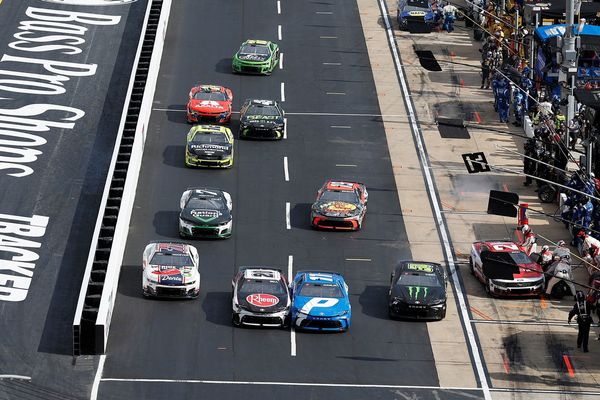
Extinction. In 1844 Ketill Ketilsson won the race to grab the last pair of great auks. They were nesting on Iceland’s Eldey Island. Millions of these penguin-like birds had been slaughtered for feather-stuffed quilts to keep Europe’s burgeoning human population warm. Ketilsson strangled the two but tripped over and broke their egg. Never mind, he won the reward being offered by museums in Copenhagen for the final specimens.
A perverse market rule on species had been established: the rarer a species gets, the more valuable it becomes. It came too late for those who killed the last dodo, moa or Steller’s sea cow – but look at the money now going into resurrecting mammoths and thylacines.
Extinction is forever but it is mostly ho-hum for the rulers of our age of materialism. In this world of commercial expedience, it can even be a worthy thing. In 1888 the Tasmanian parliament legislated a one-pound bounty on thylacine heads – more than 2,000 bounties were paid – in its successful bid to “extirpate” the species.
The rate of loss of nature has accelerated ever since and in my short lifetime three-quarters of the world’s volume of wildlife has been eradicated, including most of the big specimens of human-edible fish.
The Maugean skate is a contemporary headache. This ancient fish survived when the dinosaurs didn’t but is now having its habitat polluted by problematic industrial fish farm activity in Macquarie Harbour on Tasmania’s west coast. To save the profits of the foreign-owned salmon corporations both the prime minister, Anthony Albanese, and opposition leader, Peter Dutton, have promised laws to guarantee the fish pens – but not the Maugean skate.
Environmentalists are a problem because they publicise the reality of impending extinctions. Corporations have had to have parliaments pass laws banning peaceful protests in forests and near fish pens and to criminalise the nature-defending ringleaders. Eco-sabotage is subsidised while eco-rescue risks a jail sentence.
Nevertheless, the polls show a huge majority of Australians want to end native forest logging to save what’s left of koalas, greater gliders, swift parrots, masked owls and black cockatoos. So far the corporate lobbyists have managed to keep the big-party politicians subsidising the forest destruction even though primary schoolchildren, and the national minister for the environment, know that it is a prime cause of habitat loss and extinction.
Then there’s coal and gas extraction driving an age of global heating and consequent worldwide extinctions. That includes coral bleaching. The corporate-dependent parties back more coalmines and gas extraction and promise cuts in the “green tape” which protects species – but their stand is not free of political risk.
Millions of voters, especially young voters alarmed about their future in a nature-depauperate world, have turned to the Greens and green-minded independents to stop the rot.
The new generation is very aware that things are worse than the conventional and co-opted commercial coverage makes out and is not comforted by the false government estimate that since 1788 “only 100” species of plants and animals have gone extinct.
According to the Biodiversity Council’s Prof John Woinarski and the researcher Jess Marsh, 9,000 species of Australian insects may be extinct, including many “ghost extinctions” of species before they were discovered or described.
February’s bushfires in Tasmania’s world heritage-value takayna burned 100,000 hectares including some Huon pines, one of the longest-living species on the planet. The fires will have caused another bout of ghost extinctions as well as edging this high-profile species closer to oblivion. Huon pines are depleted from two centuries of logging and global warming, and the February fires were child’s play compared with what’s to come.
In the hands of arrogant, empathy-lacking autocrats and billionaires like Trump and Putin, both quite capable of using ecocidal weapons, we risk the end of our own species through a nuclear, microbial, chemical or genetic weaponry war. Or via artificial intelligence getting the drop on us very soon. On current evidence, our empowering big brains are an evolutionary own goal set for self-extinction.
Perversely, the chances of most other life forms on Earth getting through the next century depend on our own urge for survival. That is, human common sense has to prevail for them as well as for ourselves.
It’s up to each of us to help save life on Earth by voting the exploiters of nature out, by peacefully obstructing their destruction, or through civil disobedience for our children and fellow creatures.
I love this challenge. Such green-flag action may be risky but it is deeply rewarding compared with wallowing in white-flag hopelessness. The prospect of getting what’s left of nature through to the Sustainocene or next age of assured life on Earth is incalculably attractive and remains within our reach – but only if enough of us take action.
Bob Brown is a former senator and leader of the Australian Greens and is patron of the Bob Brown Foundation







